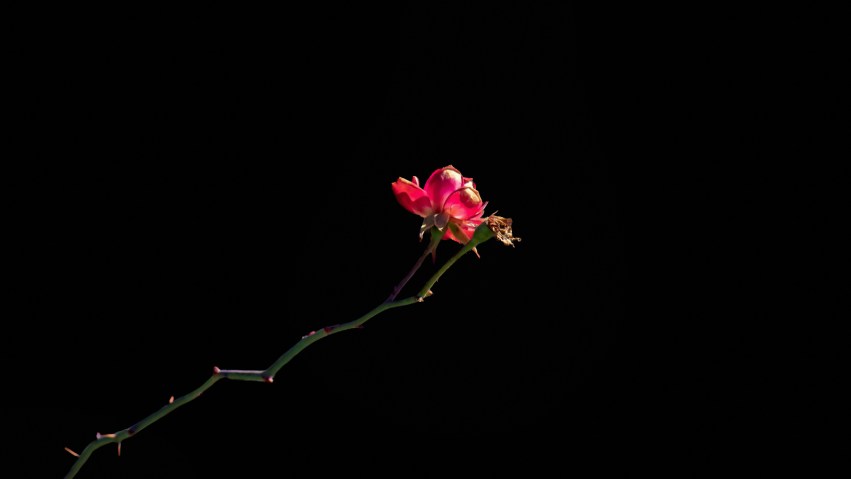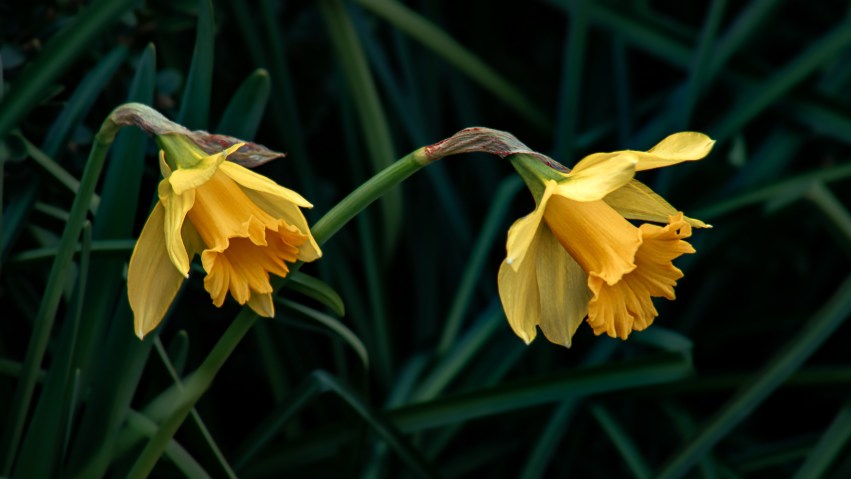From “Prunus (Rosaceae)” in Garden Flora: The Natural and Cultural History of the Plants In Your Garden by Noel Kingsbury:
“Prunus (Greek for “plum”) is a woody genus of around 430 species, found throughout the temperate zones of the northern hemisphere. Including some key sources of fruit and nuts — almonds, cherries, peaches, plums, apricots — the trees often combine beautiful flowers with productivity. Fossils of well-preserved Prunus flowers found in Washington State date back to the early Eocene (around 50 million years ago); the genus is thought to have evolved some 10 to 15 million years earlier, during the Paleocene….
“A very large number of other Prunus species are in cultivation, including ornamental varieties of species normally grown for fruit production…. Many of these are of eastern Asian origin and were introduced to the West during the late-19th- and early-20th-century period of intensive Asian plant hunting….”
From The Reason For Flowers: Their History, Culture, Biology, and How They Change Our Lives by Stephen Buchmann:
“Floral preferences vary widely between countries, cultures, and different historical periods…. If we travel to Japan, we find floral arrangements incorporating moss pinks among European favorites such as tulips, roses, and lavender. Japanese parks showcase the traditional sakura cherry (Prunus serrulata)…. The Japanese enjoy their centuries-old pastime of flower viewing and picnicking (called hanami) under blooming cherry trees. Spring cherry blossoms are the most popular, but the people of Japan know that every season brings blossoms worthy of admiration.”
Hello!
Some of the earliest spring — or pre-spring! — color in my neighborhood (aside from daffodil yellow; see February Daffodils and Plum Blossoms) appears on various fruit trees that show off their flashy shades of pink from mid- to late-February and continue through March and early April. While it can be a challenge to identify these trees by name, most of the early bloomers are in the Prunus genus, which includes cherry, plum, and almond trees, among others. I think the tree featured in the photos below is a Japanese cherry tree, and it’s pretty much true that wherever I look, I see these clumps of pink mixed among with the gray branches of other trees that won’t leaf-out for a few more weeks.
On a clear day, the pink looks nice against sky blue… but it also looks good if I remove the backgrounds and paint them black (as I did in the last gallery). Either way, it’s fun to stand at the base of these trees and aim a zoom lens up to get a closer look, while some of the tiniest bee pollinators zip from bloom to bloom, as little bits of pink fall to the ground and the tree seems to change its size, shape, and color even as you stand there.
Thanks for taking a look!































































































